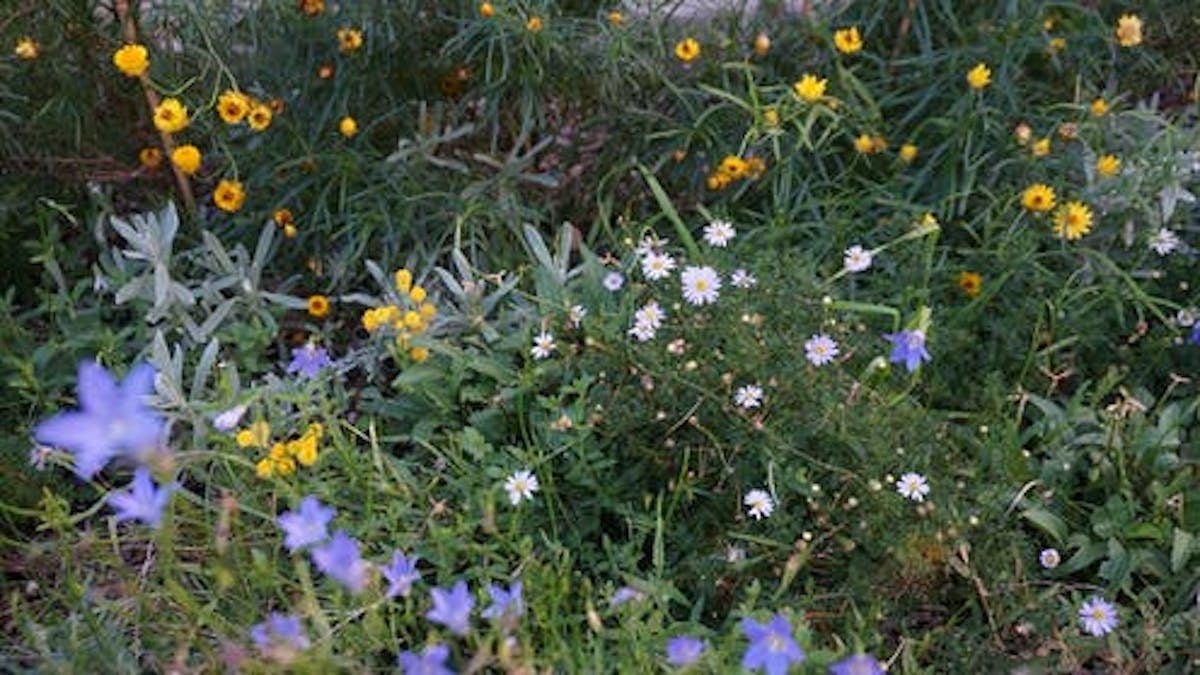
Australia’s Drought-Ending Rains Restore Critically Endangered Woodlands

By Jacqui Stol, Annie Kelly and Suzanne Prober
In box gum grassy woodlands, widely spaced eucalypts tower over carpets of wildflowers, lush native grasses and groves of flowering wattles. It’s no wonder some early landscape paintings depicting Australian farm life are inspired by this ecosystem.
Jacqui Stol is a Senior Experimental Scientist, Ecologist, CSIRO Land and Water, CSIRO.
Annie Kelly is a Senior Ecologist, Queensland Herbarium.
Suzanne Prober is a Senior Principal Research Scientist, CSIRO.
Disclosure statement: Jacqui Stol works for the CSIRO, which receives funding and was contracted by the Australian Government for the Environmental Stewardship Program. Annie Kelly works for the Queensland Herbarium, which receives funding and was contracted by the Australian Government for the Environmental Stewardship Program. Suzanne Prober works for CSIRO, which receives funding from the Australian Government to undertake monitoring for the Environmental Stewardship Program.
Reposted with permission from The Conversation.

 233k
233k  41k
41k  Subscribe
Subscribe 